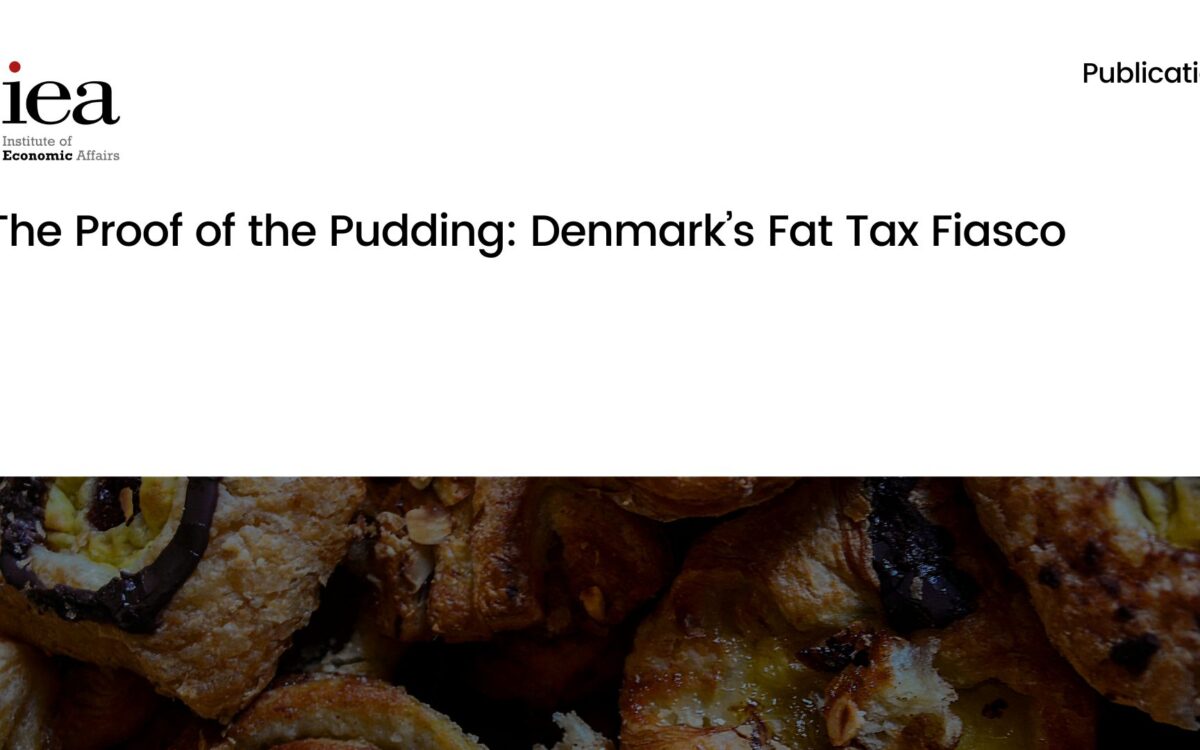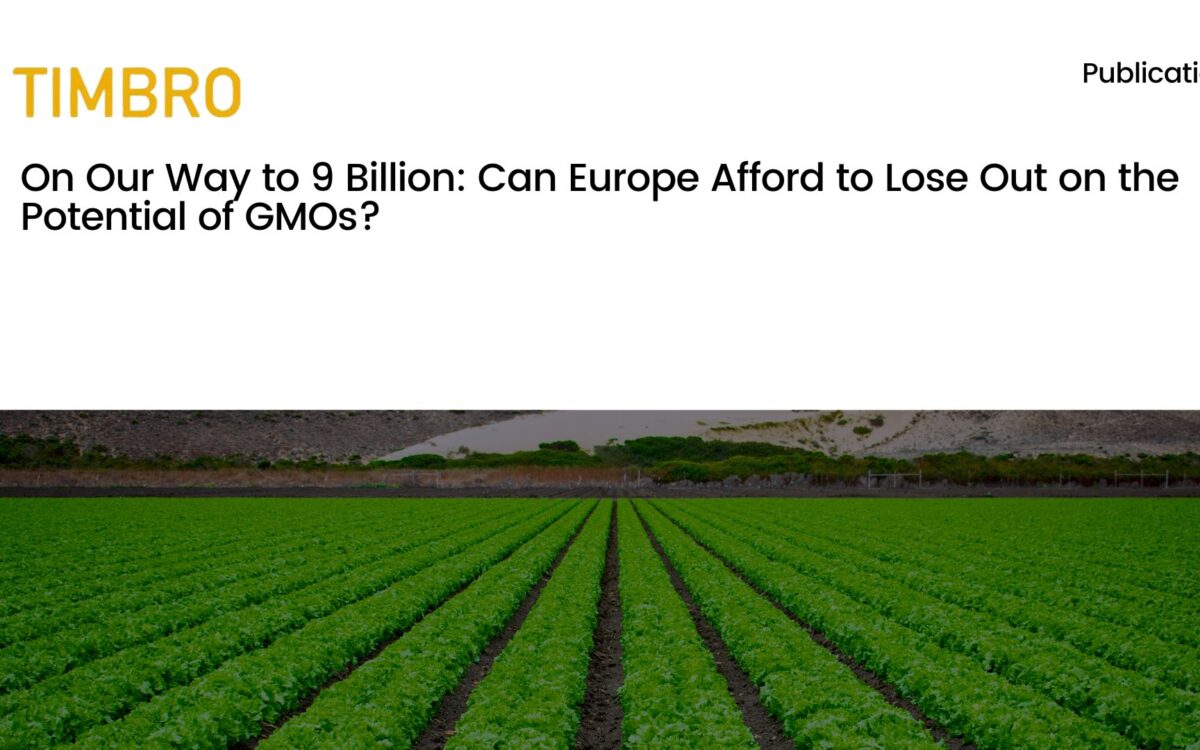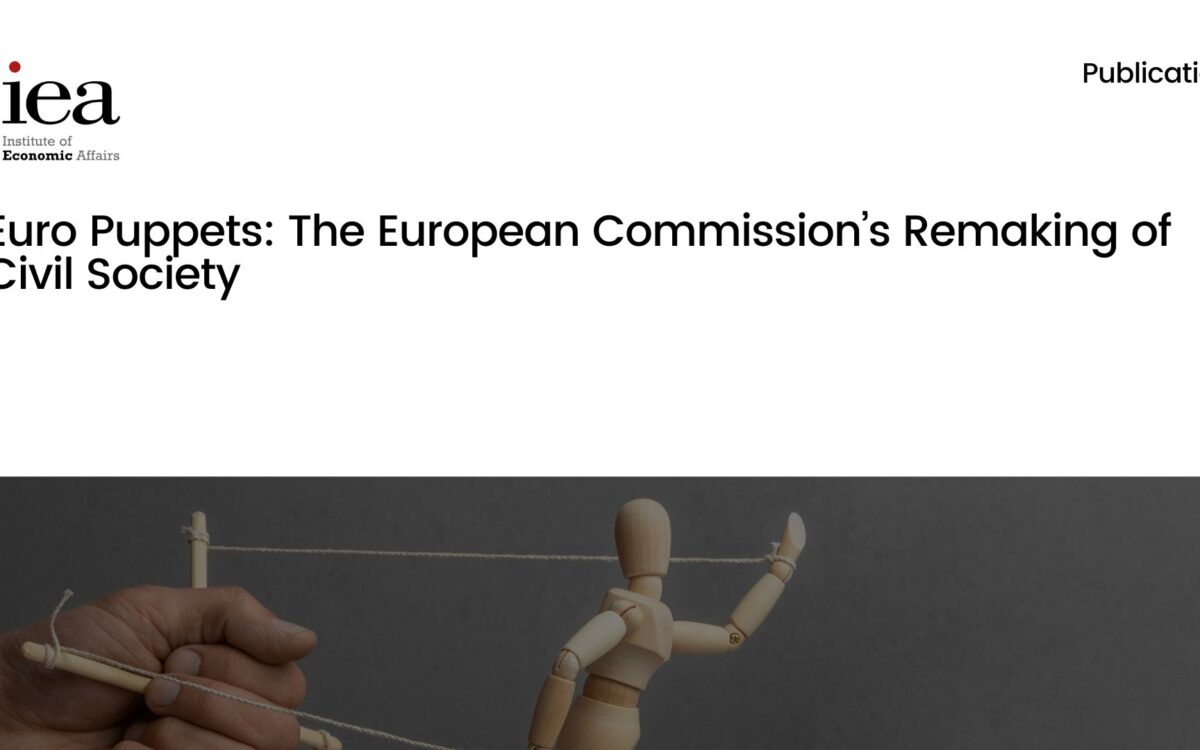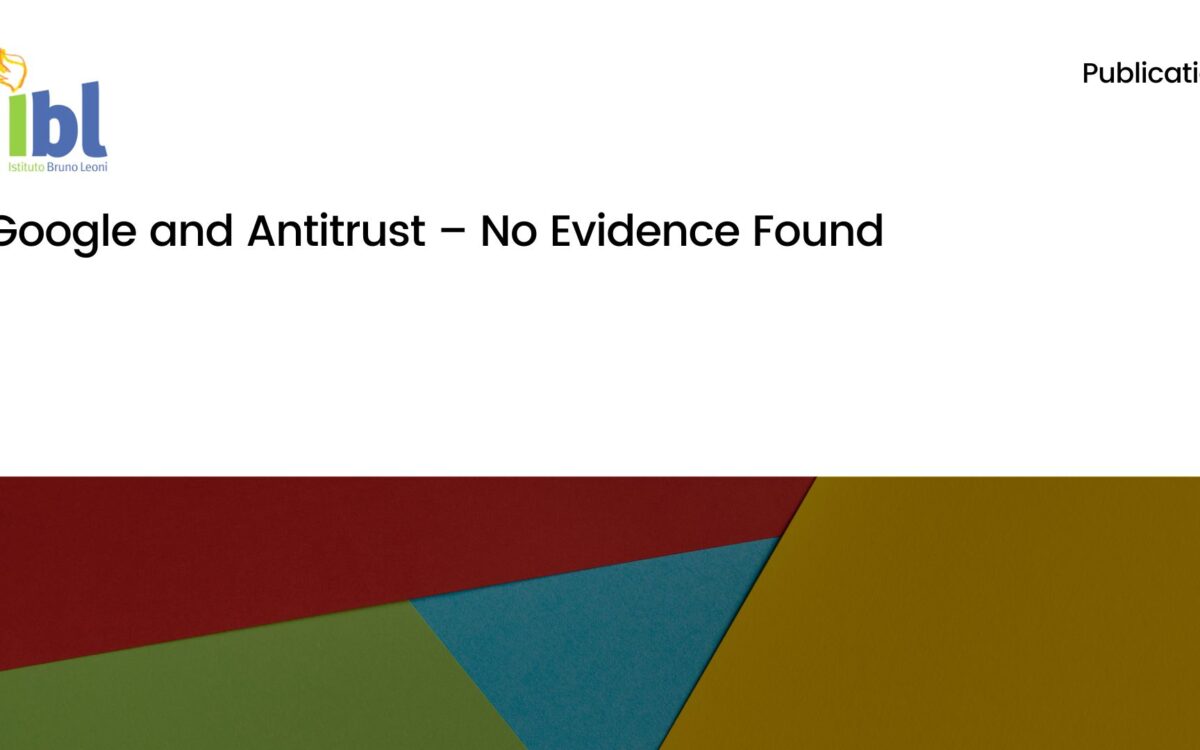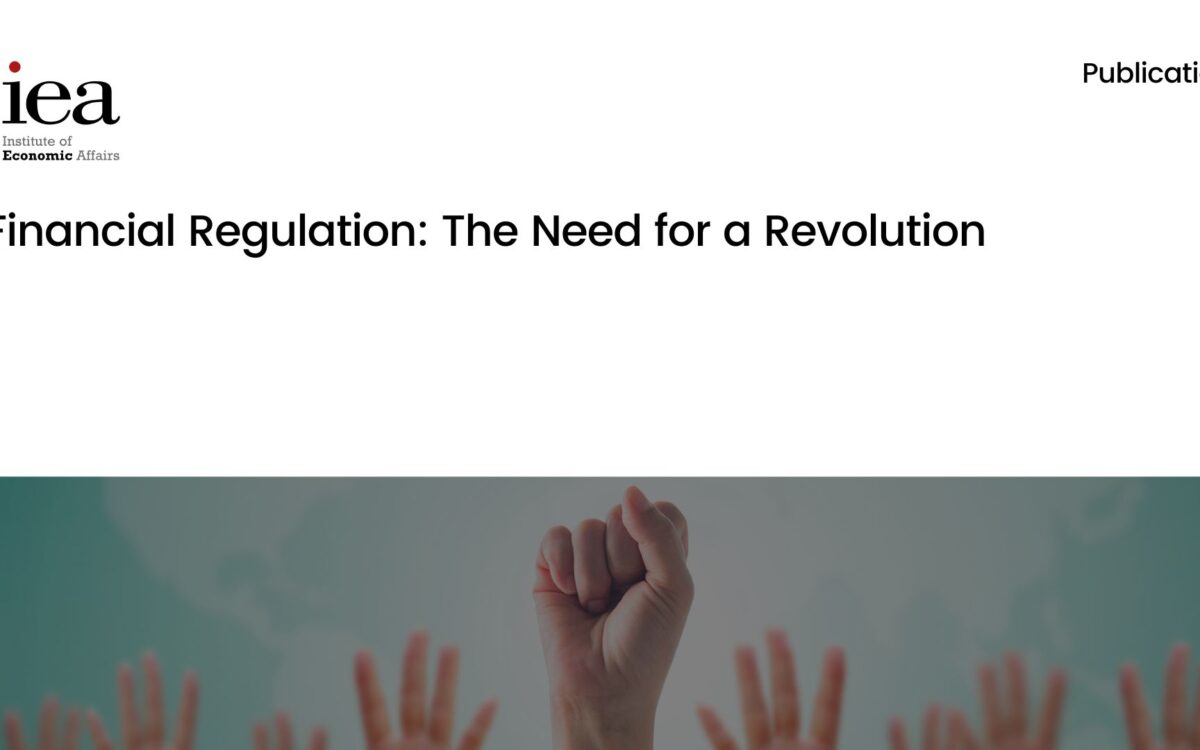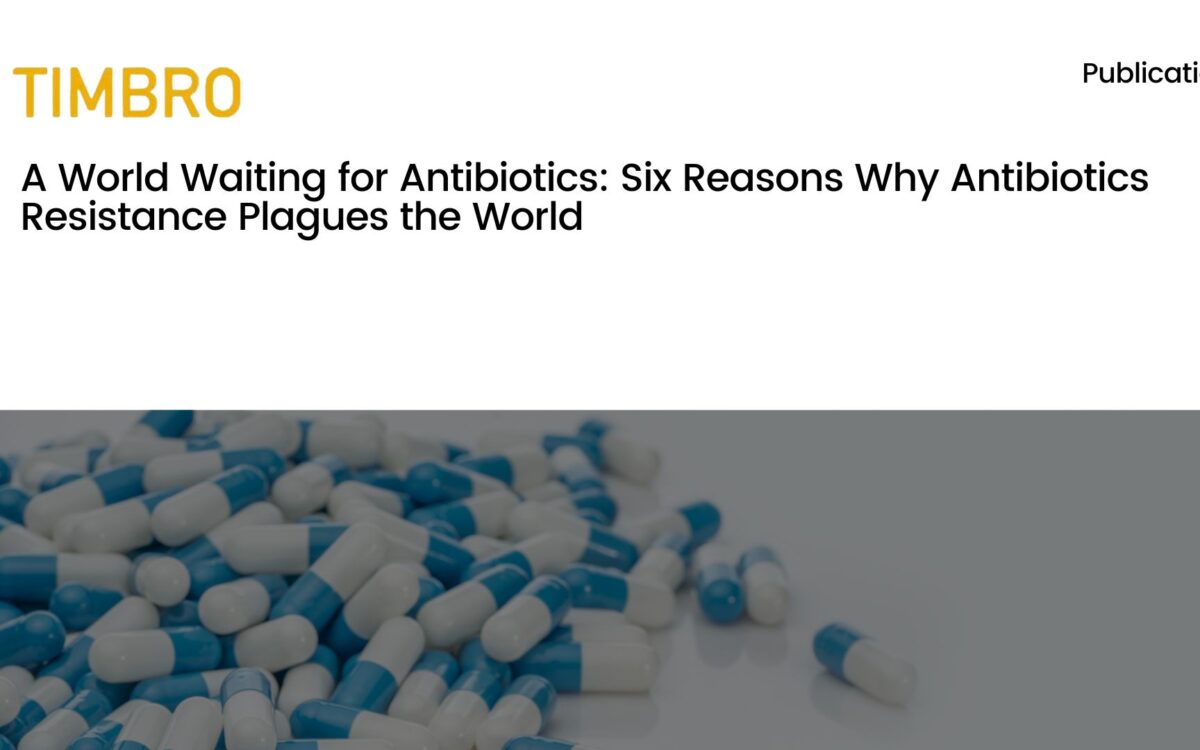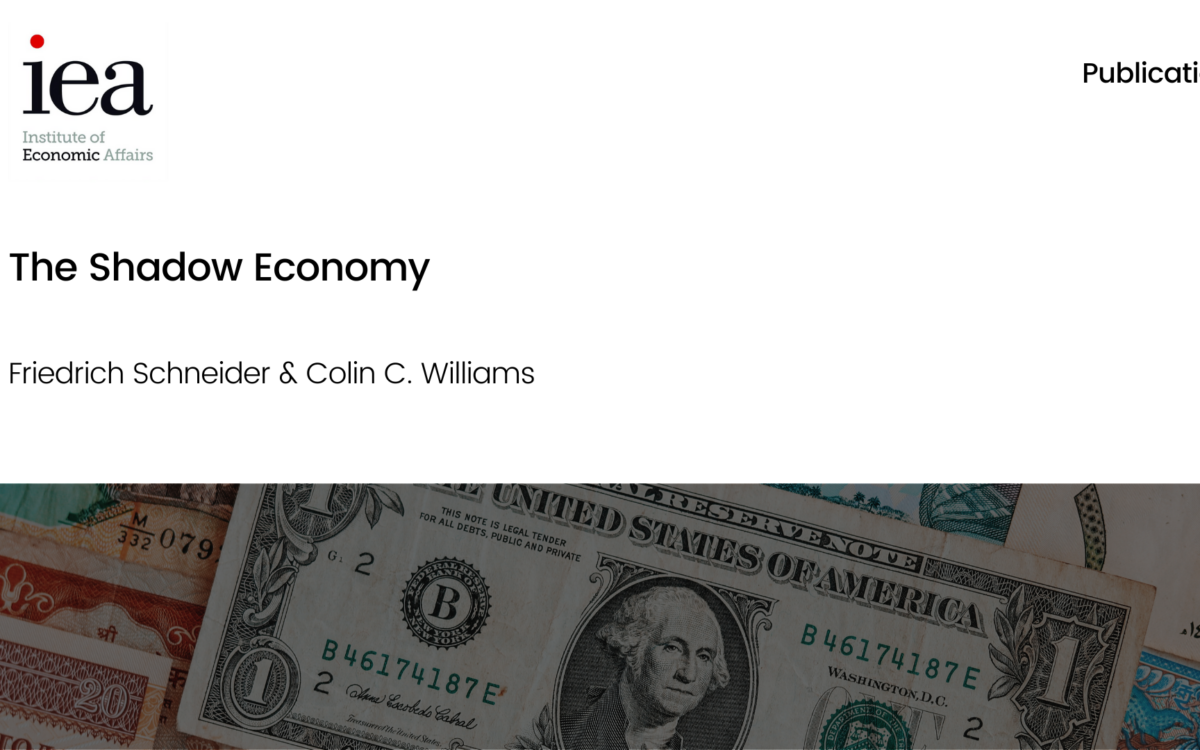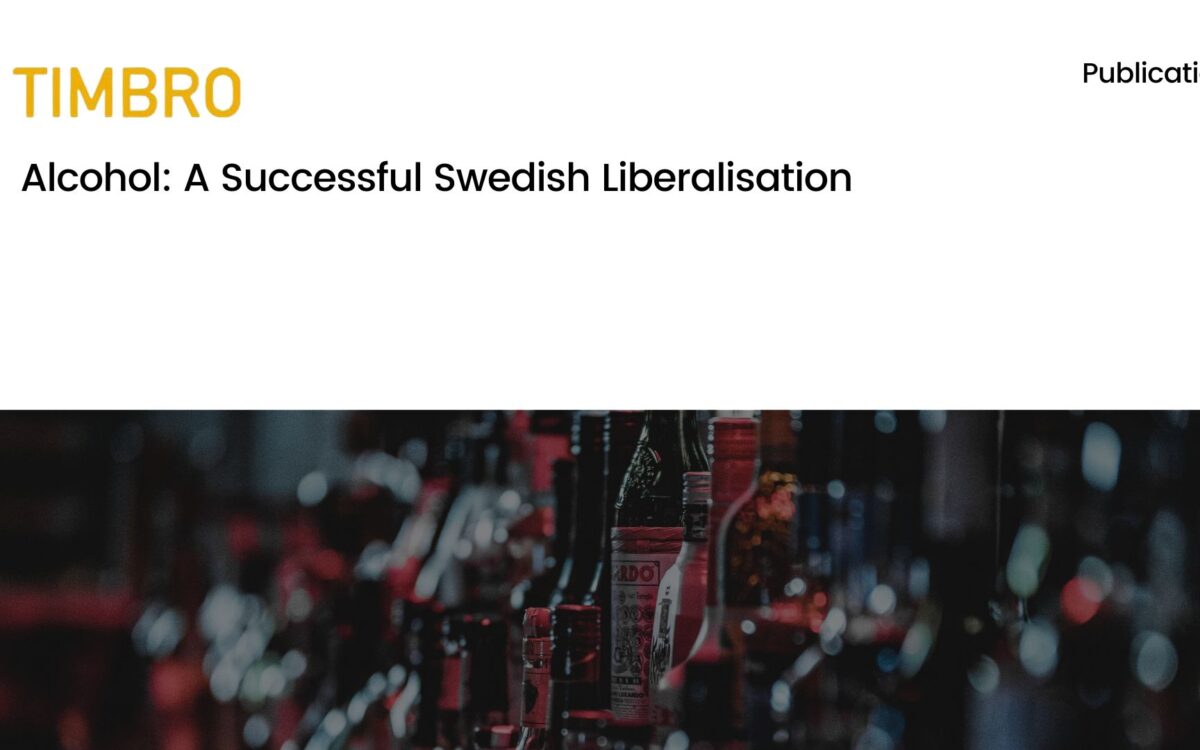May 1, 2013
Denmark’s fat tax remains the leading example of an ambitious anti-obesity policy being tested in the real world. The results failed to match the predictions of computer models and the failed experiment has since been largely swept under the carpet in public health circles.
